
The relentless demands of underground mining require robust, reliable, and safe equipment. When it comes to vertical movement – lifting ore, lowering personnel and supplies, or handling heavy machinery components – the mining electric hoist stands as an indispensable workhorse. Choosing the right hoist system isn't just about power; it's about maximizing productivity, ensuring worker safety, and minimizing downtime in the challenging underground environment. Let's delve into why electric hoists are pivotal for modern underground operations.
অনলাইন চ্যাটCompared to pneumatic or diesel alternatives, electric hoists offer distinct advantages crucial for confined, hazardous underground spaces:
1. উন্নত নিরাপত্তা: Electric hoists eliminate exhaust fumes (a critical factor underground), reduce fire risks associated with flammable fuels, and offer superior control for precise load handling. Advanced models feature fail-safe brakes, ওভারলোড সুরক্ষা, and emergency stop systems.
2. Greater Efficiency & শক্তি: Electric motors deliver consistent, high torque right from startup, enabling smoother acceleration and deceleration. This translates to faster cycle times and higher productivity. They are also significantly more energy-efficient than pneumatic systems.
3. যথার্থ নিয়ন্ত্রণ: Operators benefit from fine speed control, allowing delicate positioning of loads, essential for tasks like equipment installation or maintenance in tight shafts or stopes.
4. Lower Operating Costs: Reduced energy consumption, lower maintenance requirements (compared to complex pneumatic systems), and longer component life contribute to a lower total cost of ownership.
5. Reduced Noise: Electric hoists operate much quieter than pneumatic counterparts, improving the working environment and communication.
6. সামঞ্জস্যতা & Integration: Easily integrates with modern mine control systems, allowing for remote monitoring, diagnostics, and automated operation sequences.
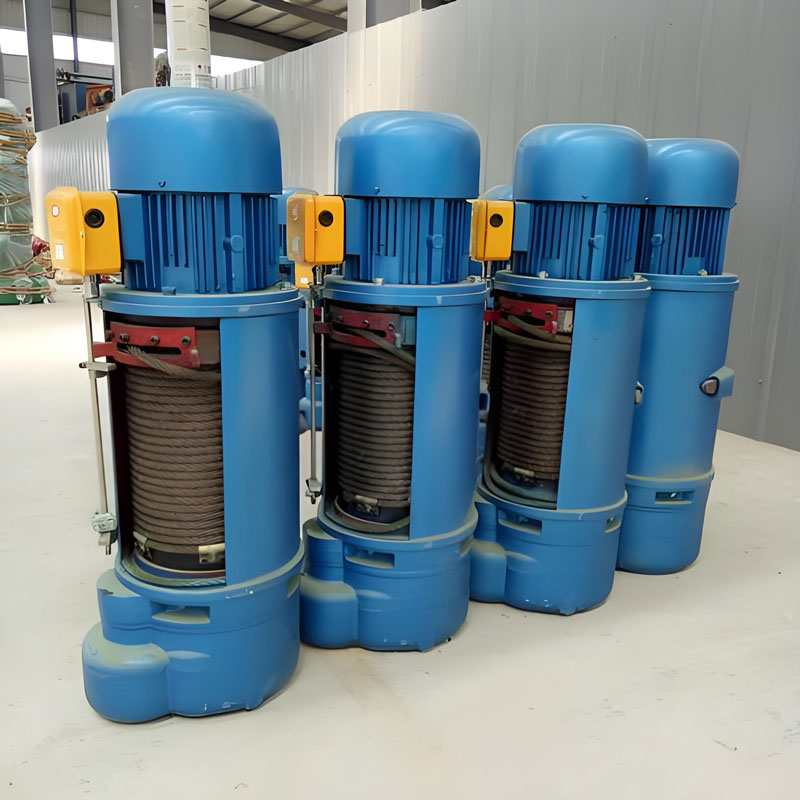
Mining electric hoists are versatile and find application across numerous critical tasks:
Ore & Waste Handling: Hoisting mined material from production levels to the surface or intermediate levels for processing.
Personnel Transport: Safely lowering and raising miners in dedicated personnel cages within shafts.
Equipment & Supply Movement: Lowering heavy machinery (like drills, loaders, parts), construction materials, explosives (in approved containers), and general supplies into the mine.
Shaft Sinking & Development: Essential for moving personnel, muck, and materials during the construction of new shafts or declines.
Ventilation & Infrastructure: Installing and maintaining ventilation ducts, পাইপ, and other underground infrastructure.
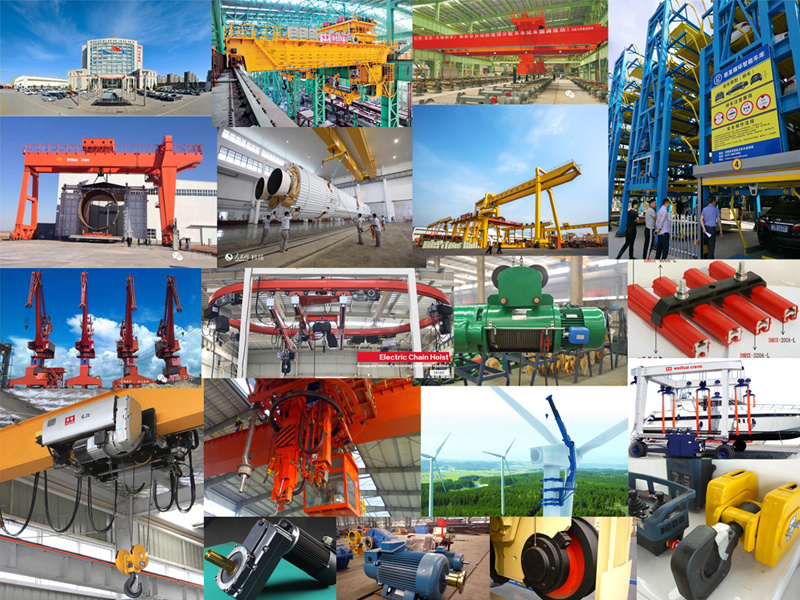
Selecting the optimal hoist requires careful consideration of your specific operation’s needs:
লোড ক্ষমতা & ডিউটি সাইকেল: What is the maximum weight to be lifted? How frequently and for how long will the hoist operate? (Continuous duty vs. intermittent duty).
উচ্চতা উত্তোলন & Speed: The depth of the shaft or incline and the required lifting/lowering speeds directly impact motor power and drum/rope size.
Hoist Type:
Drum Hoists: The most common type. Wire rope winds directly onto a drum. Ideal for varying depths and precise positioning. Can be single-drum or double-drum.
Friction (Koepe) Hoists: Use friction between the rope and a driven wheel (sheave). Require tail ropes but are more efficient for very deep shafts and constant loads. Offer inherent safety advantages in overwind situations.
কন্ট্রোল সিস্টেম: Basic lever control vs. advanced Variable Frequency Drive (ভিএফডি) systems offering smooth acceleration, precise speed control, and energy regeneration capabilities.
নিরাপত্তা বৈশিষ্ট্য: Non-negotiable. Look for redundant braking systems (mechanical and electrical), overwind/undewind protection, slack rope detection, emergency stops, and load monitoring.
Environmental Conditions: The hoist must be built to withstand dust, আর্দ্রতা, potential corrosive elements, and often require explosion-proof (Ex d, Ex e) or flameproof certifications for hazardous areas.
নির্ভরযোগ্যতা & রক্ষণাবেক্ষণ: Robust construction, high-quality components, and ease of access for maintenance are paramount to minimize costly downtime.
Regulatory Compliance: Must meet stringent national and international safety standards for mine hoisting equipment (যেমন, MSHA, AS/NZS, IECEx).

Modern mining electric hoists are becoming increasingly intelligent. Integration with IoT platforms allows for:
Real-time Monitoring: Tracking performance parameters, rope condition, brake status, and motor health remotely.
Predictive Maintenance: Analyzing data to anticipate component failures before they happen, scheduling maintenance proactively.
Optimized Performance: Adjusting cycles automatically for peak efficiency and energy savings.
Enhanced Safety Analytics: Providing deeper insights into operational safety trends.

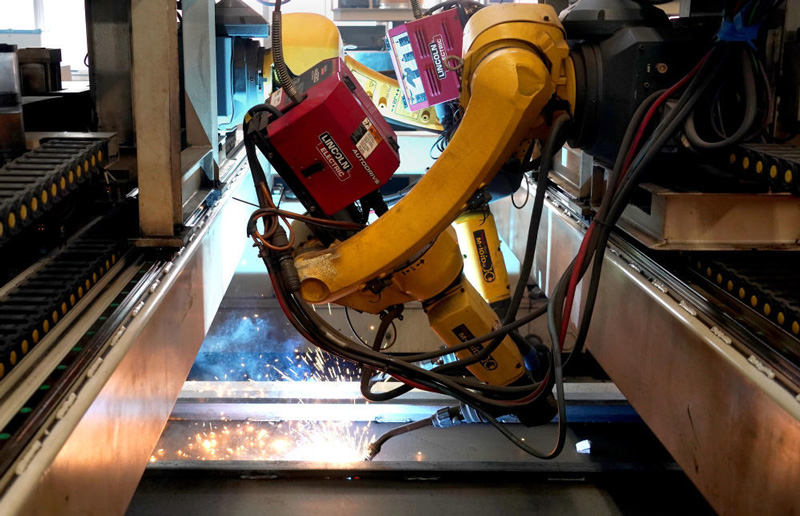
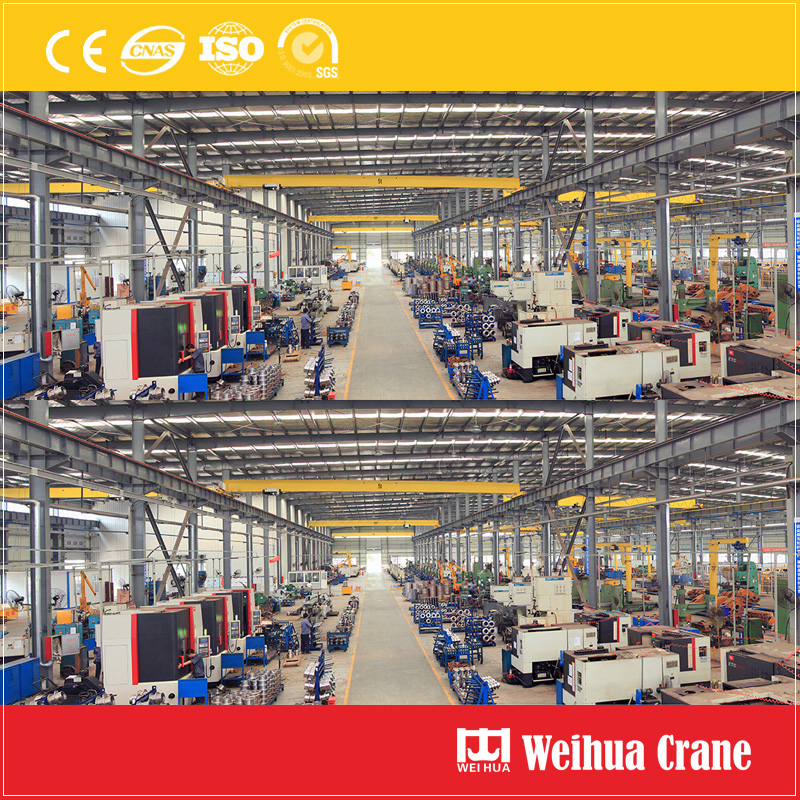
The mining electric hoist is far more than just a piece of lifting equipment; it’s the vital circulatory system of an underground mine. Investing in a well-designed, robust, and technologically advanced electric hoist system is an investment in safety, দক্ষতা, and overall operational success. By carefully evaluating load requirements, duty cycles, depth, and critical safety features, mining operators can select the hoist that delivers reliable performance day in and day out, keeping personnel safe and materials moving efficiently from the depths to the surface.
আমরা আপনার মতামত মূল্য! দয়া করে নীচের ফর্মটি সম্পূর্ণ করুন যাতে আমরা আমাদের পরিষেবাগুলি আপনার নির্দিষ্ট প্রয়োজনের জন্য তৈরি করতে পারি.
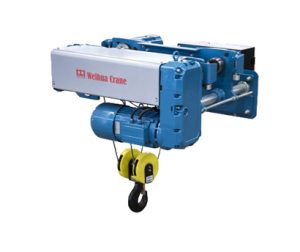
পিটসবার্গ বৈদ্যুতিন উত্তোলন কী বৈশিষ্ট্য 1. শক্তিশালী মোটর: একটি টেকসই ইলেক দিয়ে সজ্জিত ……
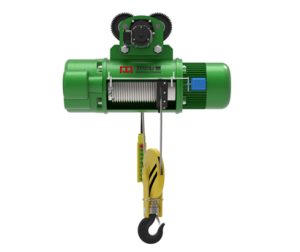
Weihua ফাউন্ড্রি ডিউটি ইলেকট্রিক উত্তোলন একটি শক্তিশালী, উচ্চ-কর্মক্ষমতা উত্তোলন সমাধান sp……
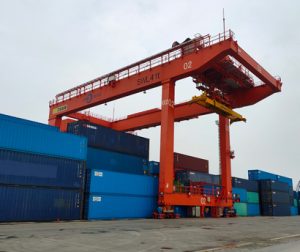
হারবার মালবাহী বৈদ্যুতিক উত্তোলন একটি ভারী উত্তোলন সরঞ্জাম যা বিশেষভাবে পোতাশ্রয়ের জন্য ডিজাইন করা হয়েছে……

দ 1 টন বৈদ্যুতিক চেইন উত্তোলন ছোট এবং মাঝারি আকারের উত্তোলন কাজের জন্য আদর্শ।
